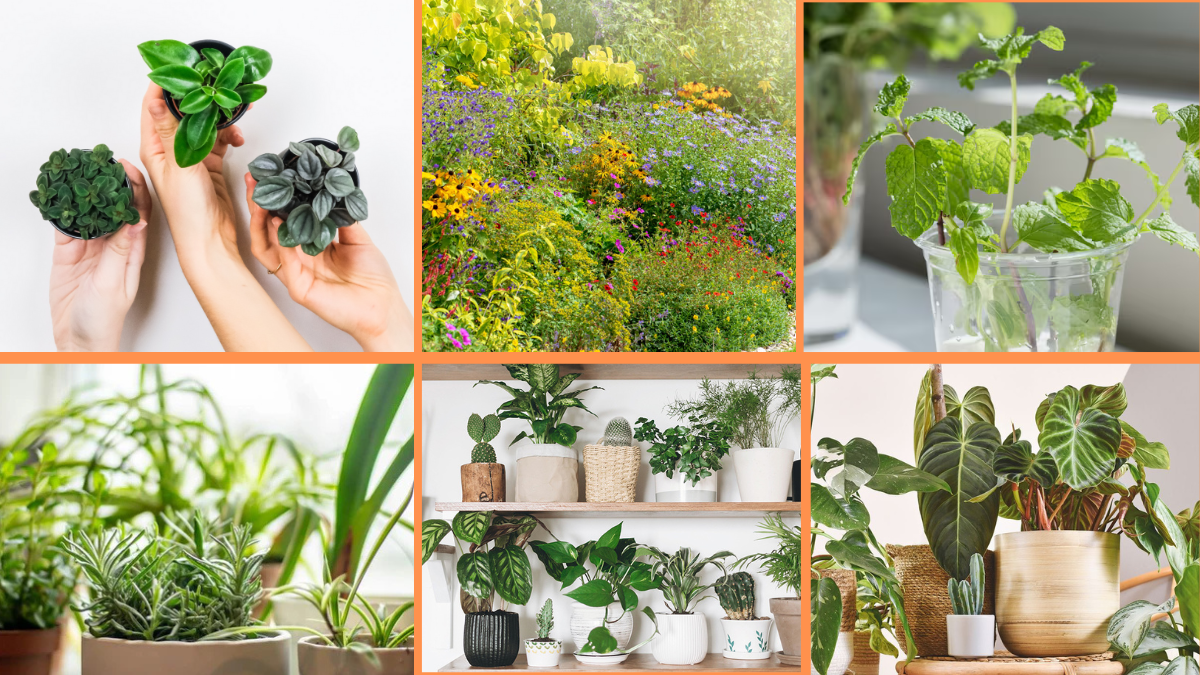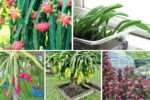Starting your gardening journey can be both exciting and overwhelming, especially when choosing plants that will thrive under your care. If you’re new to gardening, selecting hardy plants is the best way to ensure success and build confidence. Hardy plants are resilient, adaptable, and can tolerate a range of growing conditions, making them perfect for beginners.
In this article, we’ll walk you through 10 practical tips to choose hardy plants for beginners. Whether you’re planning a small indoor collection or an outdoor garden, these tips will help you pick plants that are not only beautiful but also robust and easy to care for.
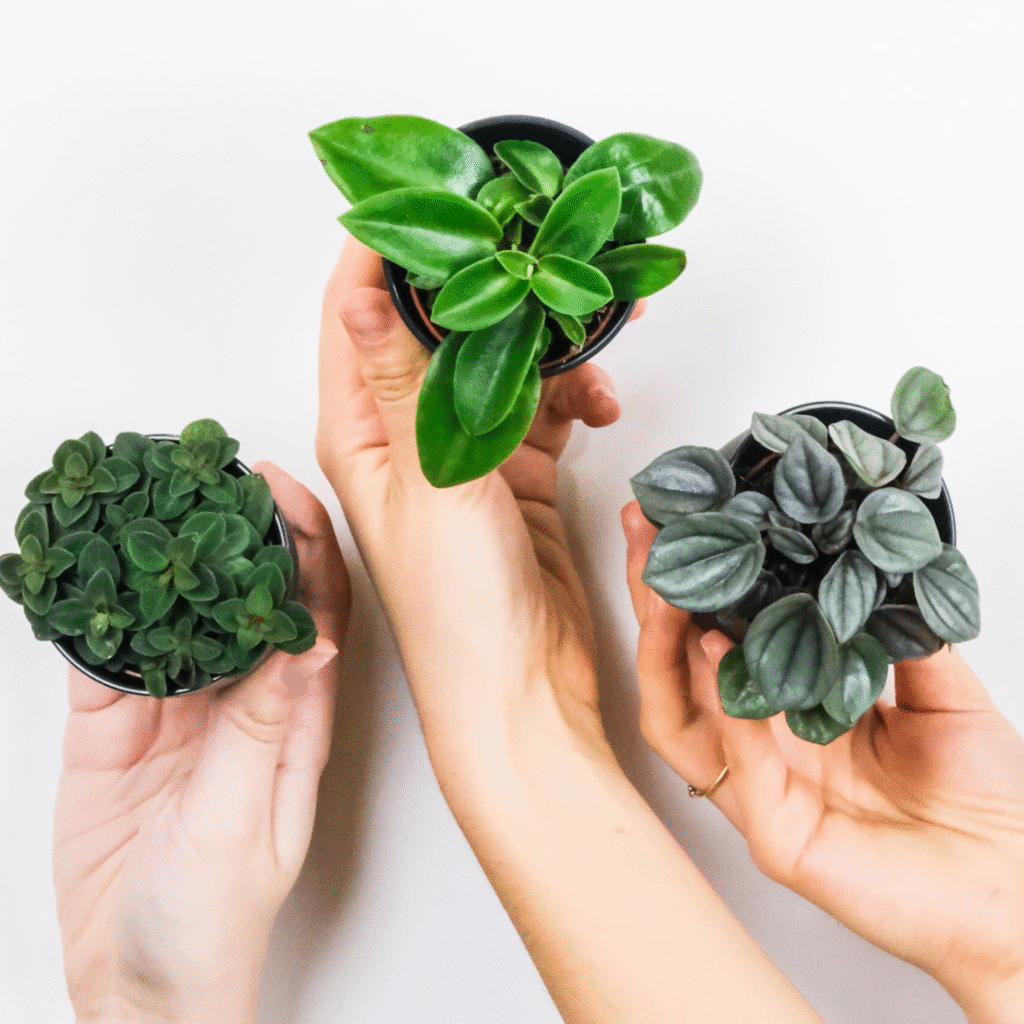
1. Understand Your Climate Zone
One of the first steps in choosing hardy plants is to understand your climate zone or hardiness zone. This classification system, developed by the USDA and other global agencies, divides regions based on average minimum winter temperatures.
- Why it matters: Plants suited for your zone are more likely to survive winters and thrive year-round.
- How to check: Use online maps or local gardening centers to find your zone.
- Example: If you live in USDA Zone 7, you can choose plants hardy to Zone 7 or lower (zones with warmer climates). Avoid plants that require colder zones as they might not survive your summer heat.
Tip: Always check plant labels for zone information before buying.

2. Choose Native Plants
Native plants are naturally adapted to your local environment, soil, and weather patterns.
- Benefits: They require less water, fertilizer, and care, making them perfect for beginners.
- Examples: If you’re in the southeastern US, consider plants like Black-eyed Susan or Coneflower.
- Impact: Native plants support local wildlife and pollinators, improving your garden’s ecosystem.
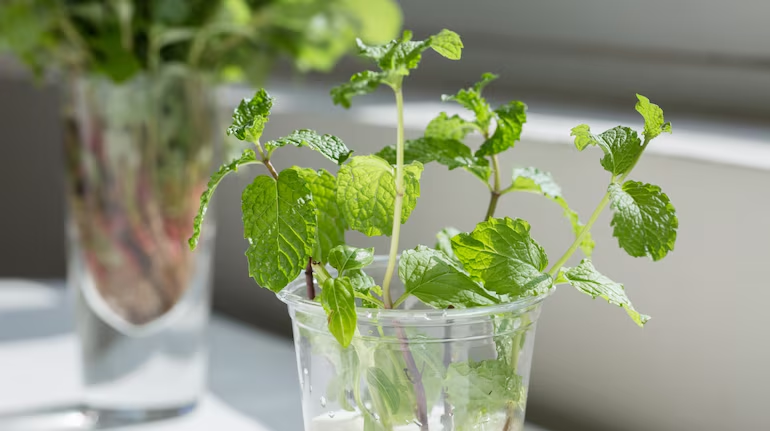
3. Start with Perennials Over Annuals
Perennials come back year after year, while annuals complete their life cycle in one season.
- Why perennials are better for beginners: Once established, they require less maintenance and you don’t have to replant each year.
- Examples of hardy perennials: Hostas, Daylilies, and Sedum.
- Bonus: Many perennials are drought-tolerant and disease-resistant.

4. Look for Disease and Pest Resistance
Beginners often struggle with pests and diseases, so choosing plants resistant to these issues reduces frustration.
- How to identify resistant plants: Look for labels that mention “disease-resistant” or “pest-resistant.”
- Examples: Marigolds repel pests naturally, while many lavender varieties resist fungal diseases.
- Extra care: Even resistant plants benefit from proper watering and spacing to prevent disease.
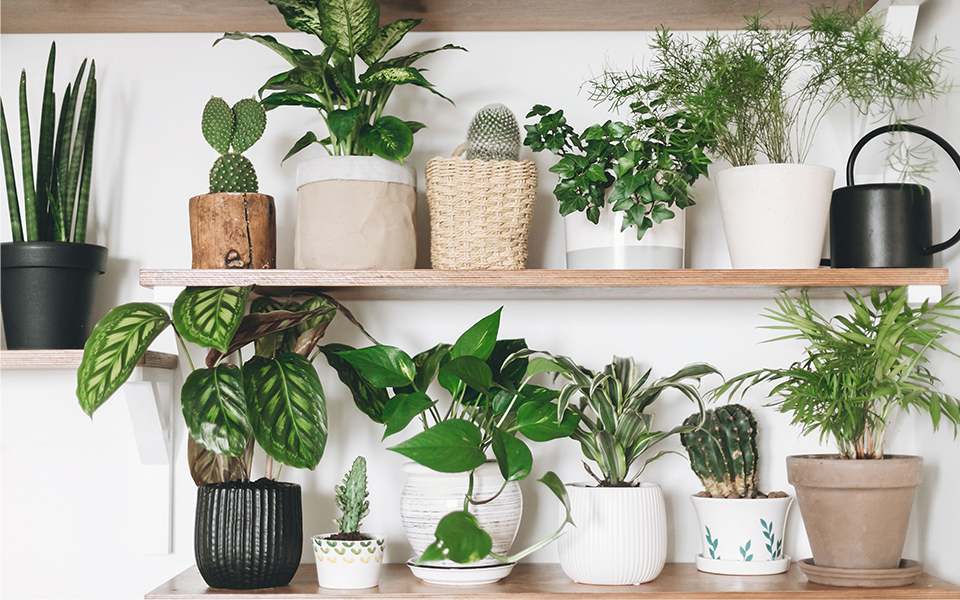
5. Consider Your Garden’s Light Conditions
Plants vary in their light needs: full sun, partial shade, or full shade.
- Assess your garden’s light: Observe the space for a day to understand how many hours of sunlight it gets.
- Match plants to conditions: For example, succulents and lavender love full sun, while ferns and impatiens prefer shade.
- Tip: Avoid buying sun-loving plants for shady spots, as they will struggle.
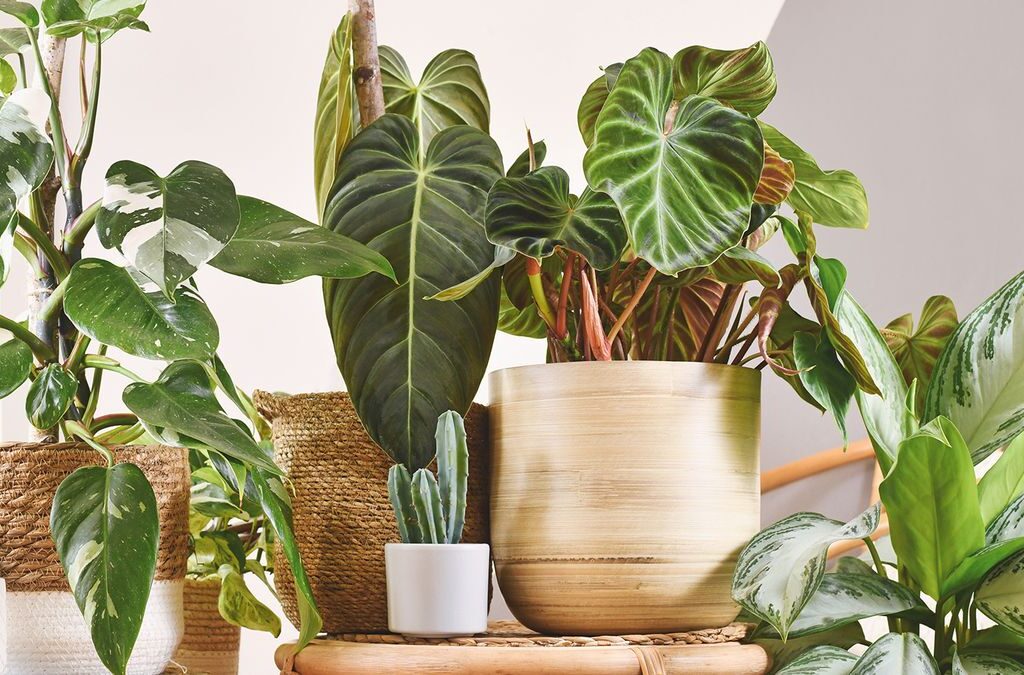
6. Select Low-Maintenance Plants
Hardy plants should also be easy to care for, especially for beginners.
- Low-maintenance traits: Drought tolerance, slow growth, and minimal pruning needs.
- Examples: Snake plant (Sansevieria) for indoors, Yarrow or Russian Sage for outdoors.
- Why it helps: Less maintenance means you can enjoy gardening without feeling overwhelmed.
7. Start with Small Plants or Seedlings
For beginners, starting with small plants or seedlings rather than seeds can simplify the process.
- Advantages: Seedlings are already established and less fragile.
- Where to buy: Local nurseries, garden centers, or community plant sales.
- Tip: If you prefer seeds, choose varieties known for easy germination like sunflowers or zinnias.
8. Think About Soil Compatibility
Healthy plants need the right soil conditions to thrive.
- Know your soil: Is it sandy, clay, loamy, or rocky? You can test soil pH and texture with kits available at garden stores.
- Match plants to soil: For example, lavender prefers well-drained, slightly alkaline soil, while azaleas like acidic soil.
- Improving soil: Amend your soil with organic matter like compost to increase fertility and drainage.
9. Consider Growth Size and Space
Knowing how big a plant will grow helps you choose ones that fit your available space.
- Check mature size: Plant labels or catalogs usually provide height and spread information.
- Avoid overcrowding: Overcrowded plants compete for light and nutrients, making them prone to disease.
- Tip: Plan your garden layout on paper before planting.
10. Ask for Expert Advice and Do Your Research
Gardening knowledge is always evolving, so don’t hesitate to ask for help or look up information.
- Sources: Local extension offices, garden centers, online gardening forums, and reputable websites.
- Learning: Read about specific plants’ care needs, common problems, and tips for success.
- Experiment: Keep a gardening journal to track what works and what doesn’t for your particular location.
Bonus Tip: Patience and Observation Are Key
Even hardy plants need time to settle and adjust to new surroundings. Watch how they respond to your care, weather changes, and pests. Gardening is a continuous learning process — celebrate your successes and learn from challenges.
Examples of Hardy Plants Perfect for Beginners
Here are some easy-to-grow, tough plants you can start with:
Outdoor Hardy Plants
- Sedum (Stonecrop): Drought-tolerant succulent with colorful flowers.
- Hosta: Shade-loving, with beautiful foliage.
- Daylilies: Tolerate a variety of soils and sun conditions.
- Black-eyed Susan: Bright yellow flowers, deer-resistant.
Indoor Hardy Plants
- Snake Plant (Sansevieria): Thrives in low light, tolerates drought.
- ZZ Plant (Zamioculcas zamiifolia): Almost indestructible, grows well indoors.
- Spider Plant: Adaptable, air-purifying, and easy to propagate.
- Pothos: Great for beginners, tolerates low light and irregular watering.
Final Thoughts
Choosing hardy plants is a smart first step for beginner gardeners. By understanding your climate, soil, light conditions, and focusing on low-maintenance, pest-resistant plants, you set yourself up for gardening success. Remember to start small, be patient, and enjoy the process of growing your green thumb.
With these 10 tips, you’re well on your way to creating a thriving garden full of beautiful, resilient plants. Happy gardening!
